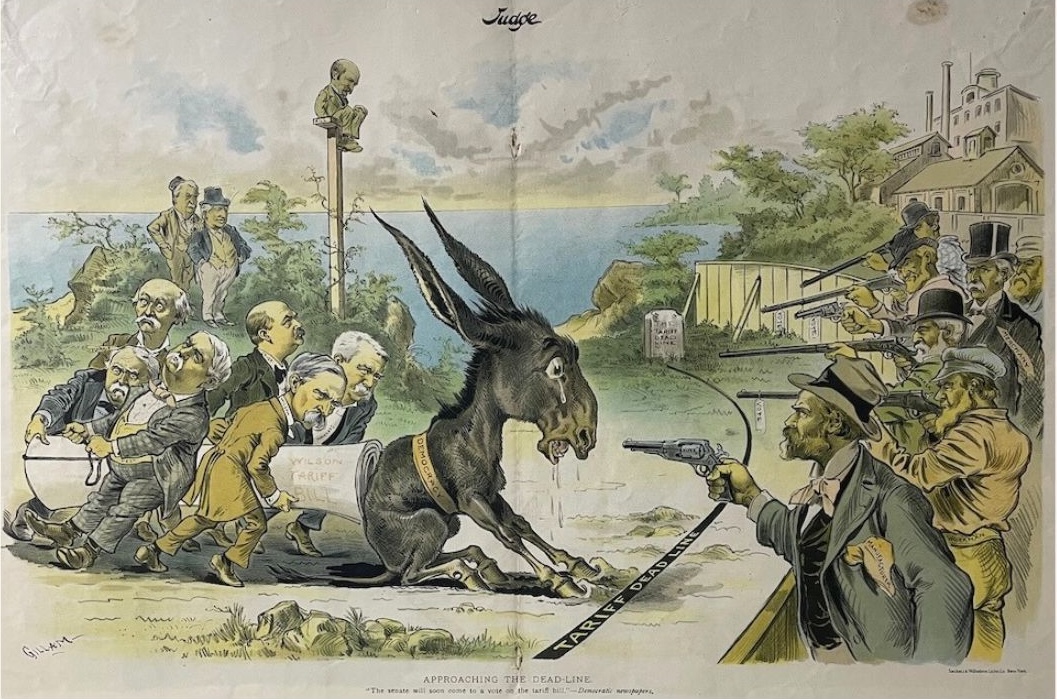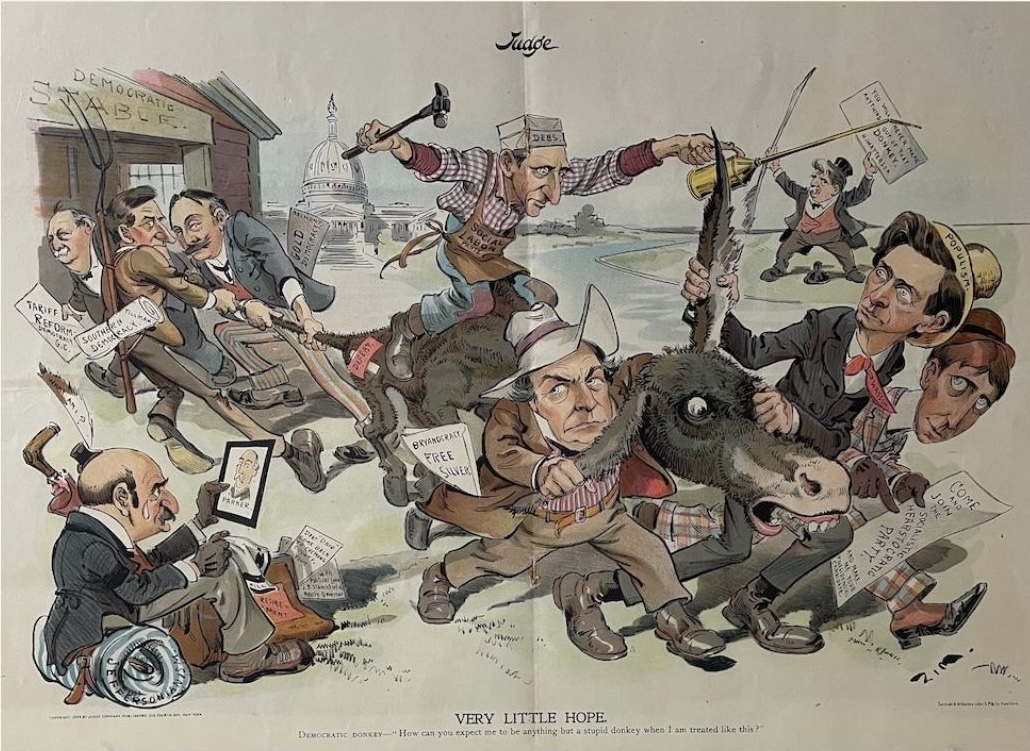George Henry Boughton (Norwich, England, 1833 - London, 1905) One of the most popular genre painters of the late nineteenth century, Boughton received his artistic education in Paris. He then initially lived and worked in New York City and was elected a full member of the National Academy of Design in 1871. Shortly thereafter, he permanently moved to London, becoming an Associate of the Royal Academy in 1879 and an Academician in 1896. He was thus one of the few artists of his time to receive honours from the most prestigious associations in both America and Britain. Although George Henry Boughton was an accomplished landscape artist his fame rested mostly upon figure studies and genre depictions. Too Near the War-Path portrays the dangerous existence of early American settlers and is typical of his fine work in this area.
Simmons, William Henry (London, 1811 - 1882) Little is known of the private life of William Henry Simmons although he was one of the finest Victorian engravers in the mixed style and produced a vast body of work. He studied under William Finden, the line engraver, but later abandoned line engraving for mixed mezzotint and became one of the foremost exponents of this style." * The name of William Henry Simmons is found on many of the most famous examples of large, Victorian era engravings. His first published engraving bears the date of 1837. From that time until the year of his death (1882), Simmons was commissioned to create engravings after the designs of such famous contemporary artists as Sir Edward Landseer, Sir John Millais, Thomas Faed, W. P. Frith, Holman Hunt, Richard Ansdell, Rosa Bonheur and others. William Henry Simmons was a regular participant at the Royal Academy from 1857 to 1882. Too Near the War-Path is a large and brilliant example of William Henry Simmons's mixed method style of engraving. Within this impressive plate one finds evidence of stippling, mezzotinting, etching and engraving, combining to create superb textures and tonal values.








